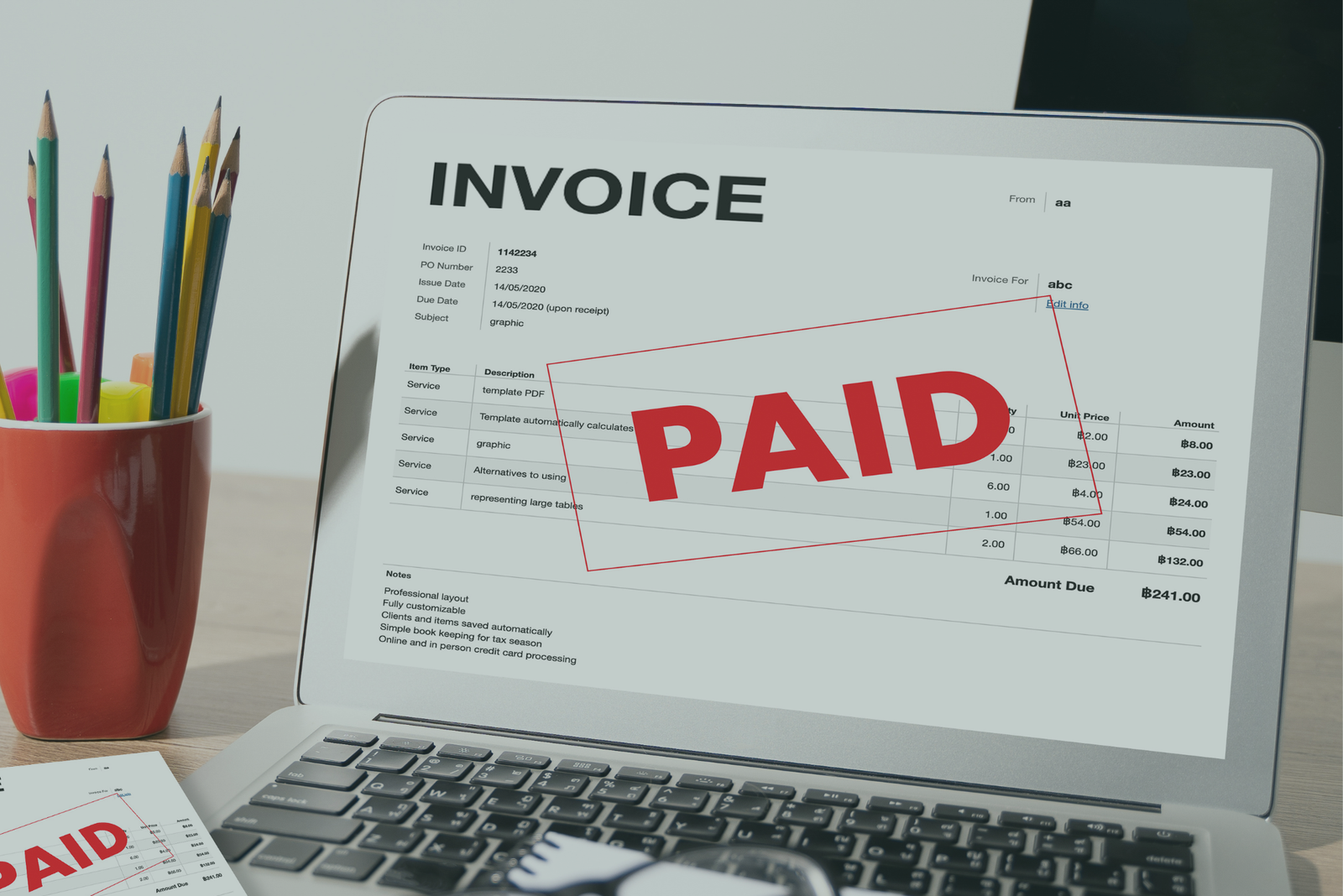Perspectives

Learning the Language of Business Loans: A Glossary for Healthcare Business Owners
Understanding business loans can feel like learning a foreign language—especially when you’re focused on patient care, not financial jargon. Whether you run a dental practice, a medical clinic, or a diagnostic lab, getting comfortable with loan terminology is essential to making informed financing decisions.
This glossary breaks down the key terms and concepts you’ll encounter when exploring healthcare business loans. Bookmark this guide—it’s your cheat sheet for speaking the language of lenders, brokers, and underwriters.
A–Z Glossary of Business Loan Terminology (Healthcare-Focused)
Amortization
The process of spreading out loan payments over time. Each payment reduces both the principal (the original loan amount) and interest.
Example: A 5-year equipment loan for a CT scanner is amortized over 60 monthly payments.
Annual Percentage Rate (APR)
The total yearly cost of borrowing, including both the interest rate and additional fees.
Tip: Compare APRs—not just interest rates—when evaluating loan offers.
Asset-Based Lending (ABL)
A loan secured by your business’s assets, such as equipment, inventory, or receivables.
Common in: Diagnostic labs and medtech startups with valuable fixed assets.
Balloon Payment
A large, lump-sum payment due at the end of a short-term loan.
Risk: You’ll need cash or refinancing to make the final payment.
Bridge Loan
A short-term loan that “bridges the gap” until longer-term financing is in place.
Use case: Covering costs while waiting for an SBA loan approval.
Capital Expenditure (CapEx)
Funds used to acquire or upgrade physical assets (buildings, equipment).
Financed via: Term loans or equipment financing.
Collateral
Assets pledged to secure a loan. If you default, the lender can seize the collateral.
Example: An ultrasound machine used to secure an equipment loan.
Credit Score
A number (300–850) that lenders use to assess your creditworthiness. Business loans often consider both personal and business credit scores.
Debt Service Coverage Ratio (DSCR)
A financial metric that compares your cash flow to your loan payments.
Formula: Net Operating Income ÷ Debt Payments
Requirement: A DSCR above 1.25 is often needed for SBA loans.
Default
Failure to repay a loan as agreed. Can trigger penalties, legal action, or loss of collateral.
Draw Period
The time during which you can withdraw funds from a line of credit. After this period, you enter repayment.
Financement d'équipements
A type of loan used to buy or lease medical equipment. The equipment itself often serves as collateral.
Factor Rate
Used in merchant cash advances or invoice factoring. It's a decimal (e.g. 1.2) representing the total repayment amount.
Example: 1.2 on $100K = $120K total repayment.
Fixed Rate vs. Variable Rate
Fixed rate: Interest stays the same throughout the loan.
Variable rate: Interest fluctuates with the market (e.g., tied to prime rate).
Affacturage
Selling unpaid invoices to a lender (called a factor) in exchange for immediate cash.
Popular with: Home care services, clinics reliant on insurance billing.
Line of Credit (LOC)
A flexible loan that lets you draw funds as needed, up to a limit. Interest is paid only on the amount used.
Loan-to-Value Ratio (LTV)
A percentage that shows how much of an asset’s value is being financed.
Example: Financing $80K of a $100K X-ray machine = 80% LTV.
Merchant Cash Advance (MCA)
A lump-sum advance repaid via a percentage of future card sales. Quick but expensive.
Caution: High fees—use only when necessary.
Origination Fee
A one-time fee charged by the lender for processing the loan. Usually 1%–5% of the loan amount.
Personal Guarantee
An agreement where the business owner is personally liable for repaying the loan, even if the business defaults.
Prepayment Penalty
A fee for paying off your loan early. Not all loans have this—check the fine print.
Principal
The original amount of money borrowed—before interest and fees.
Repayment Term
The length of time you have to repay the loan. Can range from a few months to 25 years depending on the loan type.
SBA Loan
A loan partially guaranteed by the Small Business Administration. Offers favorable rates and long terms but requires thorough documentation.
Secured vs. Unsecured Loan
Secured: Backed by collateral (e.g. equipment, property)
Unsecured: No collateral, but usually requires higher credit score.
Underwriting
The process where the lender evaluates your loan application, including risk, creditworthiness, and ability to repay.
Bonus Tip: Why This Glossary Matters
Understanding these terms will help you:
- Ask smarter questions
- Negotiate better loan terms
- Avoid costly mistakes
- Build confidence when speaking with lenders
Conclusion
When you understand the language of business loans, you're not just reading the fine print—you’re owning it. With this glossary, you’re better prepared to evaluate offers, protect your business, and unlock the capital you need to grow.
Need help choosing the right financing for your healthcare business?
Contact Finmed Capital—we speak the language of lenders, so you don’t have to.
Popular Category
- Financing Solutions (3)
Popular Post
- Blog








